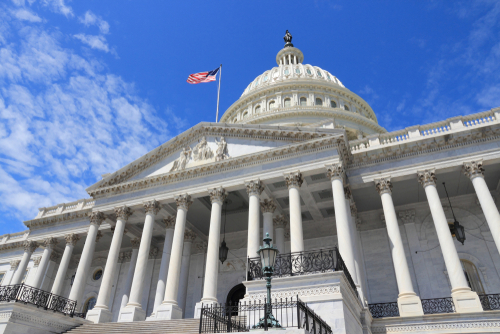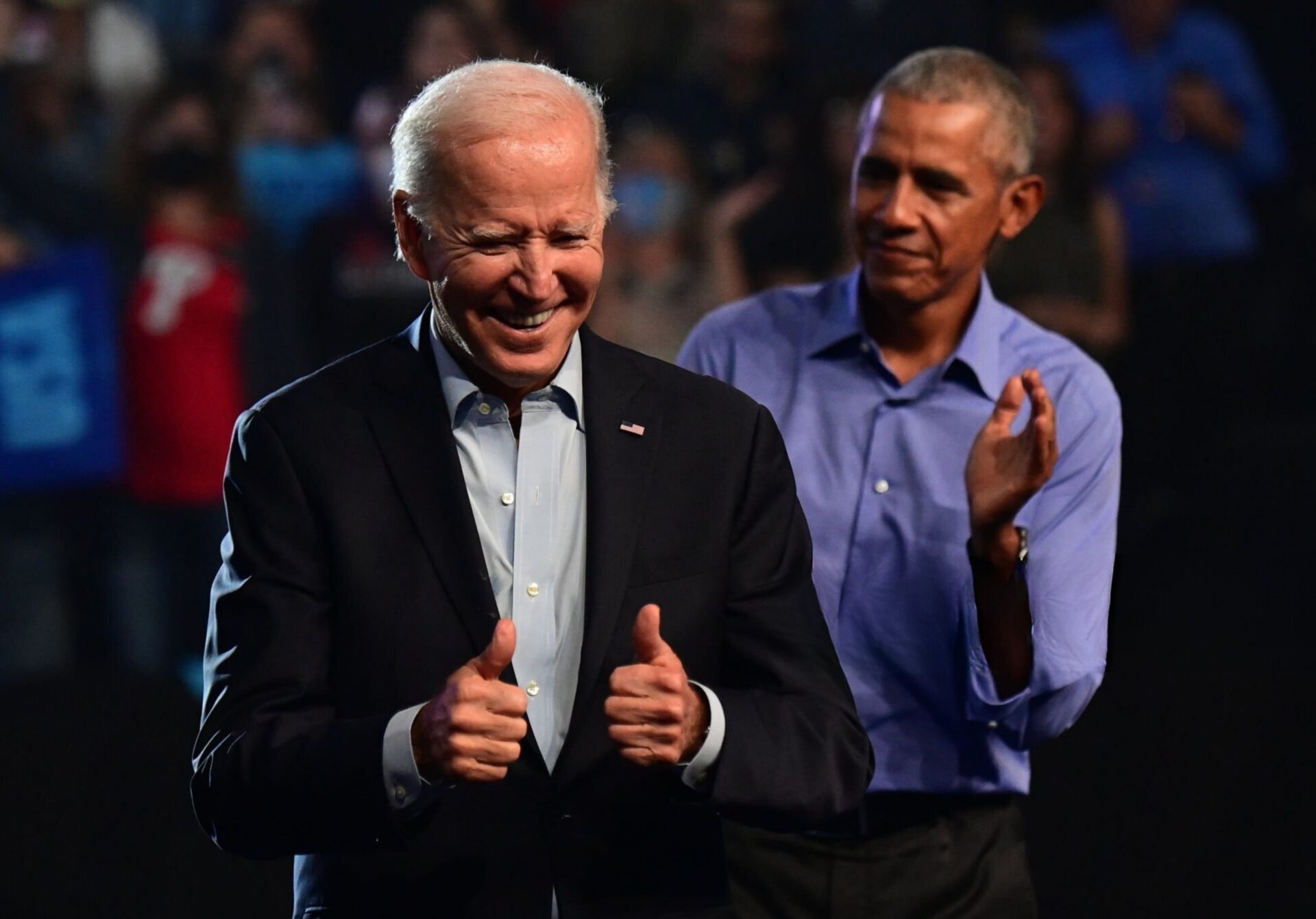President Trump’s latest executive order targets sanctuary jurisdictions, threatening to cut off their federal funding if they persist in defying federal immigration laws.
At a Glance
- President Trump signed an order targeting sanctuary cities, threatening federal funding cuts.
- The goal is to expedite deportations and uphold campaign promises.
- Federal funding is at stake for jurisdictions hindering federal immigration efforts.
- Some cities are making concessions to maintain federal funding and immigrant support.
Sanctuary Cities Under Federal Pressure
President Donald Trump signed an executive order aimed at penalizing sanctuary cities that refuse to comply with federal immigration laws. This order not only serves as a firm reminder of the federal government’s stance but also introduces tangible financial risks for non-compliant cities. The Justice Department is now tasked with identifying and pursuing legal actions against these jurisdictions.
The order champions Trump’s campaign promise to increase deportations by directly targeting sanctuary areas, which limit cooperation with immigration authorities. This move could speed up deportations by eliminating local barriers that hinder federal agents’ efforts. Sanctuary jurisdictions, notable in cities like Chicago, New York, and Los Angeles, as well as whole states like California and Illinois, now face the challenge of either revising their local policies or missing out on critical federal support.
Financial Repercussions and Legal Responsibilities
Under Trump’s directive, cities risk losing federal funding unless they comply with federal immigration enforcement. This directive seeks to prevent sanctuary city residents from benefiting from federal public resources. Administration officials, including Attorney General Pam Bondi, are tasked with ensuring enforcement and accountability.
“It’s quite simple: obey the law, respect the law, and don’t obstruct federal immigration officials and law enforcement officials when they are simply trying to remove public safety threats from our nation’s communities.” – White House Press Secretary Karoline Leavitt.
Despite a previous judicial setback citing constitutional concerns, the order mandates that sanctuary jurisdictions be given a chance to align with federal expectations before suffering financial penalties. This balance aims to reinforce federal authority while avoiding legal pitfalls. As debates rage, New York City’s minor concessions to federal operations indicate there might be room for compromise in some areas.
Federal Momentum Despite Local Resistance
Despite unwavering support for immigrant-friendly policies, some leaders conceded limited cooperation with federal agencies. New York City’s policy adjustment reflects a distinctive strategy of maintaining core local commitments while accommodating federal objectives. In the absence of compliance, the White House has cited cases of criminal activities involving illegal immigrants due to sanctuary opposition, stoking further tensions.
“No more Sanctuary Cities! They protect the Criminals, not the Victims. They are disgracing our Country, and are being mocked all over the World.” – Trump.
President Trump’s firm rhetoric and actions serve as a rallying cry underpinning the federal government’s resolve to enforce immigration laws consistently across the nation. While a legal battle might ensue over constitutional interpretation, the administration’s stance signals a definitive push to assert law enforcement supremacy over local dissent, with the financial implications providing a compelling leverage.






